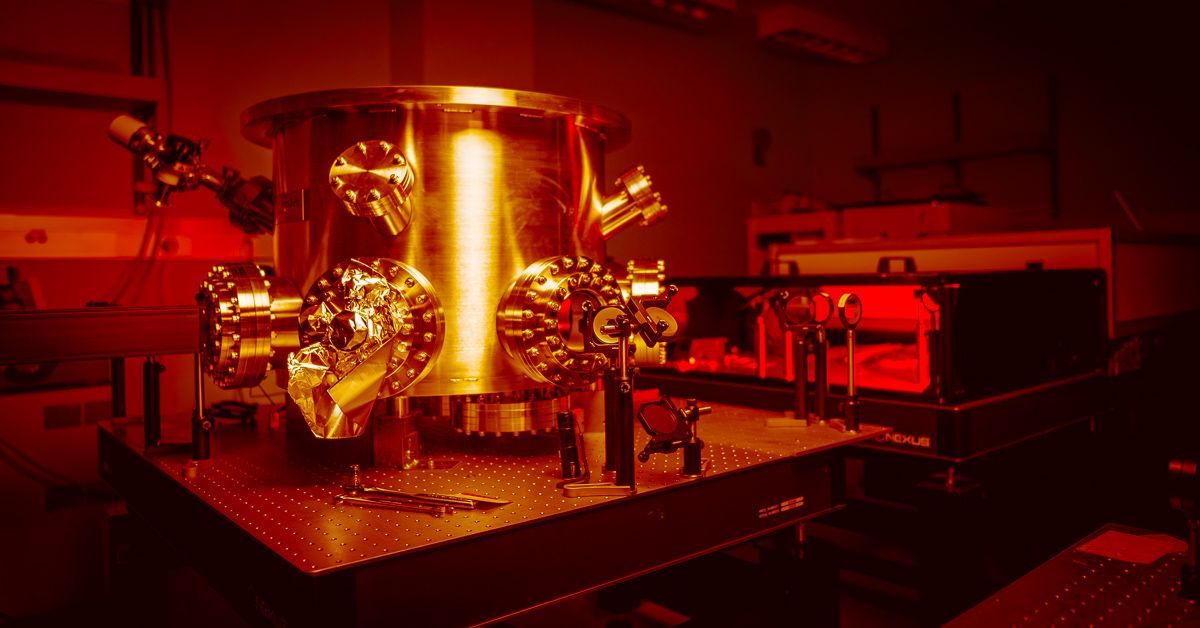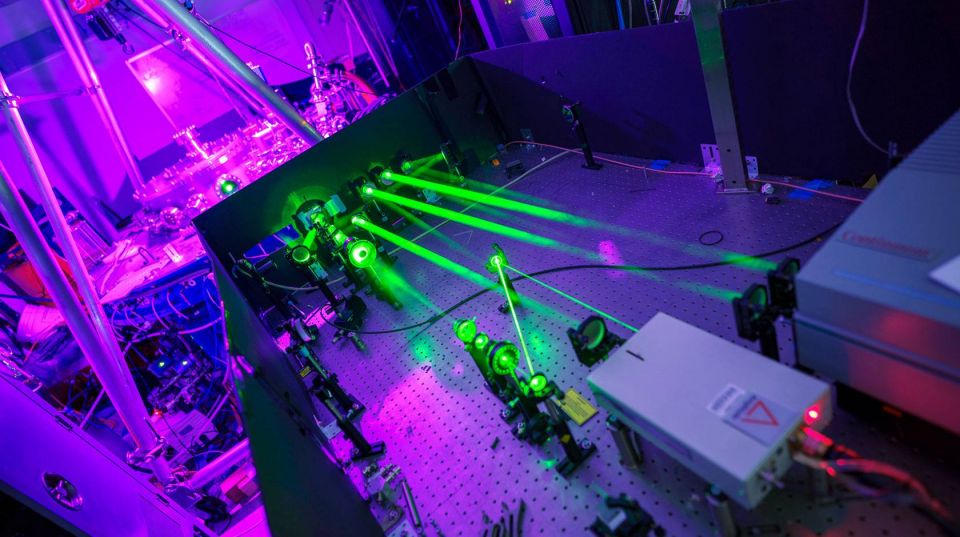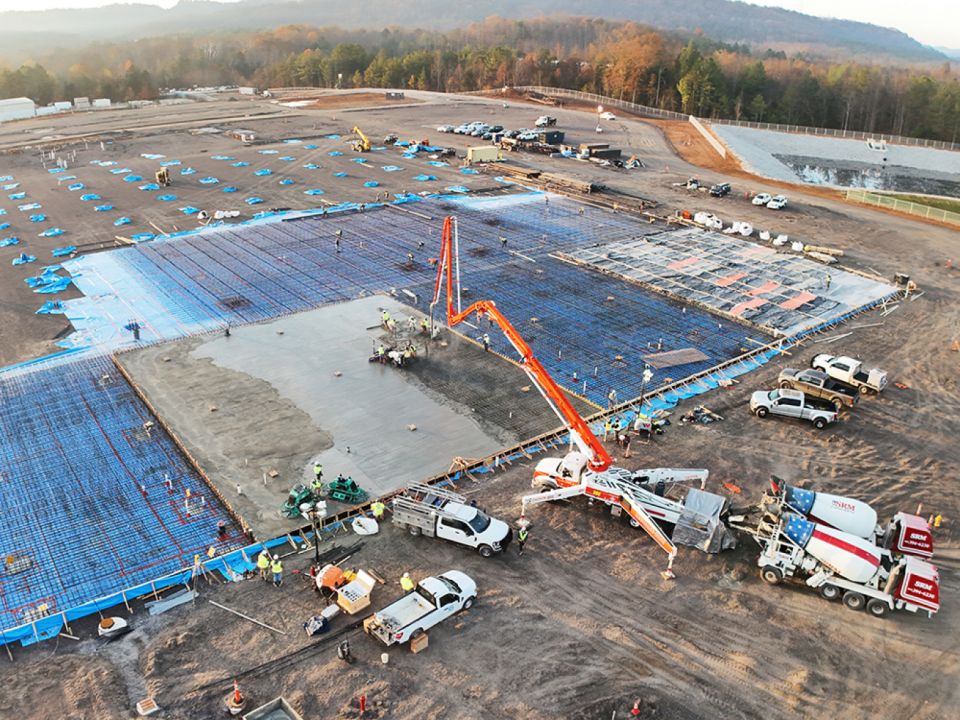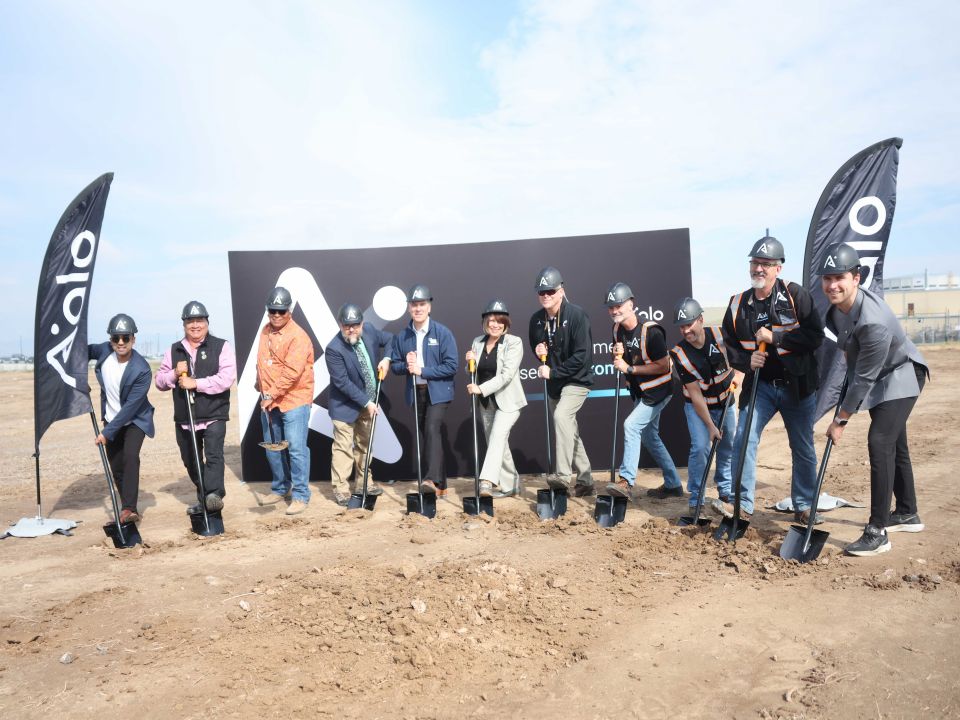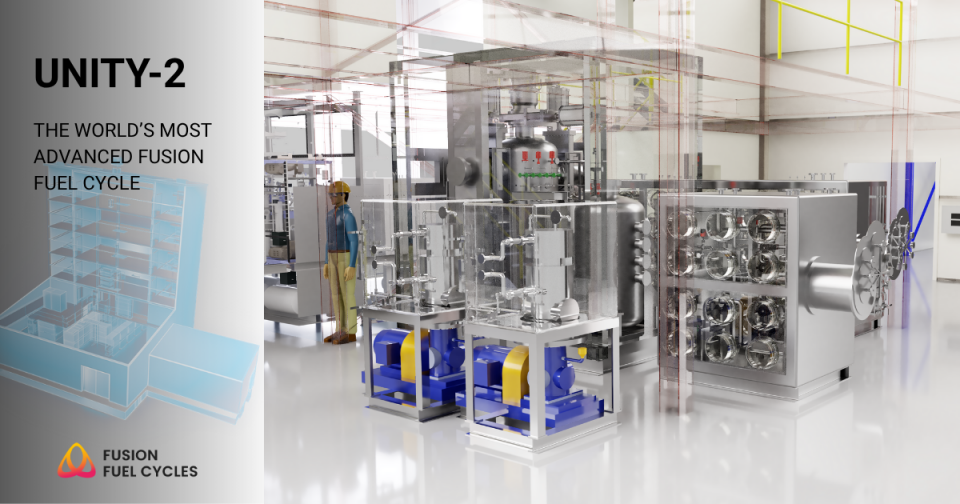Called the Target Injector Nexus for Experimental Development (TINEX), the collaborative project includes SLAC National Accelerator Laboratory at Stanford University, Colorado State University, and Lawrence Livermore National Laboratory. Also included is an industrial council of inertial fusion power plant companies, including Xcimer Energy, Marvel Fusion, Longview Energy Systems, LaserFusionX, HB11, Focused Energy, and Blue Laser Fusion.
Project targets: Under the TINEX project, researchers at UC San Diego, led by professor Farhat Beg, codirector of the Fusion Engineering Institute, will work to improve the systems that inject the targets into the reactor’s confinement chamber, with the goal of dramatically increasing performance.
To create the extreme pressures and temperatures that lead to fusion, inertial fusion energy relies on high-power lasers hitting small targets made of frozen deuterium and tritium. To become commercially successful, these power plants will have to shoot lasers at five to eight targets per second inside a confinement chamber.
In addition, Beg and colleagues will work to find ways to mitigate the damage caused by the debris that is generated when powerful lasers hit the targets, which can damage sensors as well as the optic used to fire lasers at the targets.
AI targeting: According to UC San Diego, control systems and algorithms will also need to be developed to train inertial fusion lasers on the target with extreme precision. Researchers from the San Diego Supercomputer Center (SDSC), part of the School of Computing, Information, and Data Sciences, will be leading the application of AI/machine learning to laser targeting systems and interpreting experiment diagnostics.
Amit Majumdar, director of the Data Enabled Scientific Computing Division at SDSC, said they have been working with researchers at General Atomics on the design of AI/ML models for on-shot pulse shape reconstruction at the company’s GALADRIEL Laser Facility.
Quotes: “The TINEX project will be important for our collective efforts to make inertial fusion energy practical,” said mechanical engineering professor Javier E. Garay, director of the Fusion Engineering Institute at the UC San Diego Jacobs School of Engineering.
“We are excited to use the TINEX collaboration to bring fusion energy closer to commercialization,” said Neil Alexander, director of Inertial Fusion Energy for General Atomics Energy Group. “Developing this technology has been a lifelong passion for many, because it has the potential to provide a sustainable, long-term energy source for humanity’s future needs.”
Other GA projects: General Atomics announced on February 10 that it had secured DOE funding for the TINEX project, along with two DOE-funded confinement fusion projects that the company is participating in, including the Fuel Cycle Fusion Innovative Research Engine (FC-FIRE), led by Savannah River National Laboratory, and the Blanket Neutron Test Fusion Innovative Research Engine, led by Idaho National Laboratory.
According to the company, FC-FIRE will address environmental challenges in scaling up fusion power, particularly those related to the fuel cycle.
The INL-led project, meanwhile, will focus on fusion blanket development, a crucial component of fusion power plant design that captures the energy and transports it from the fusion core for conversion into electricity. The project will enable scientists to test neutron impacts on blanket components and develop predictive modeling and simulation tools.
General Atomics said it will provide engineering expertise and facility modeling for both confinement fusion projects, utilizing its FUSE program to establish operational fusion plant states that meet stakeholder requirements.
